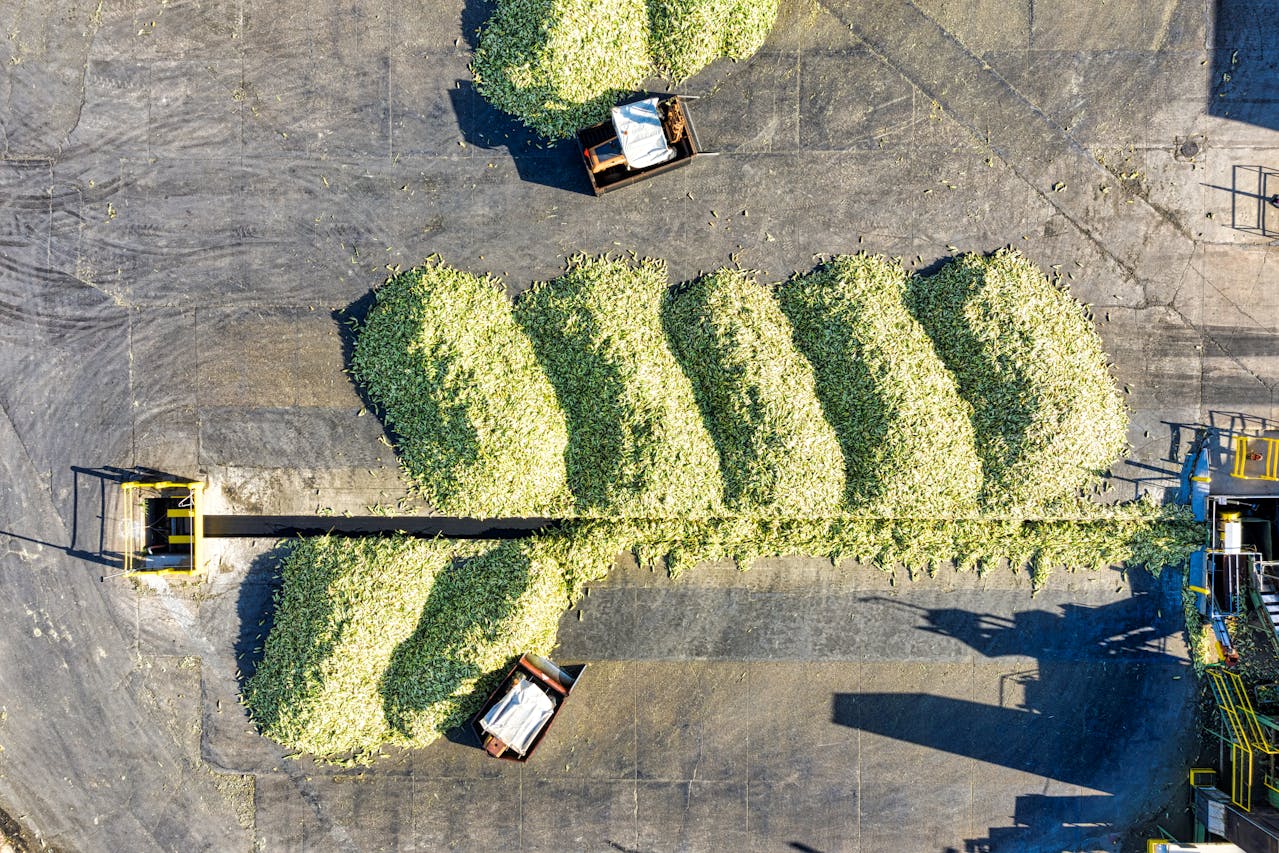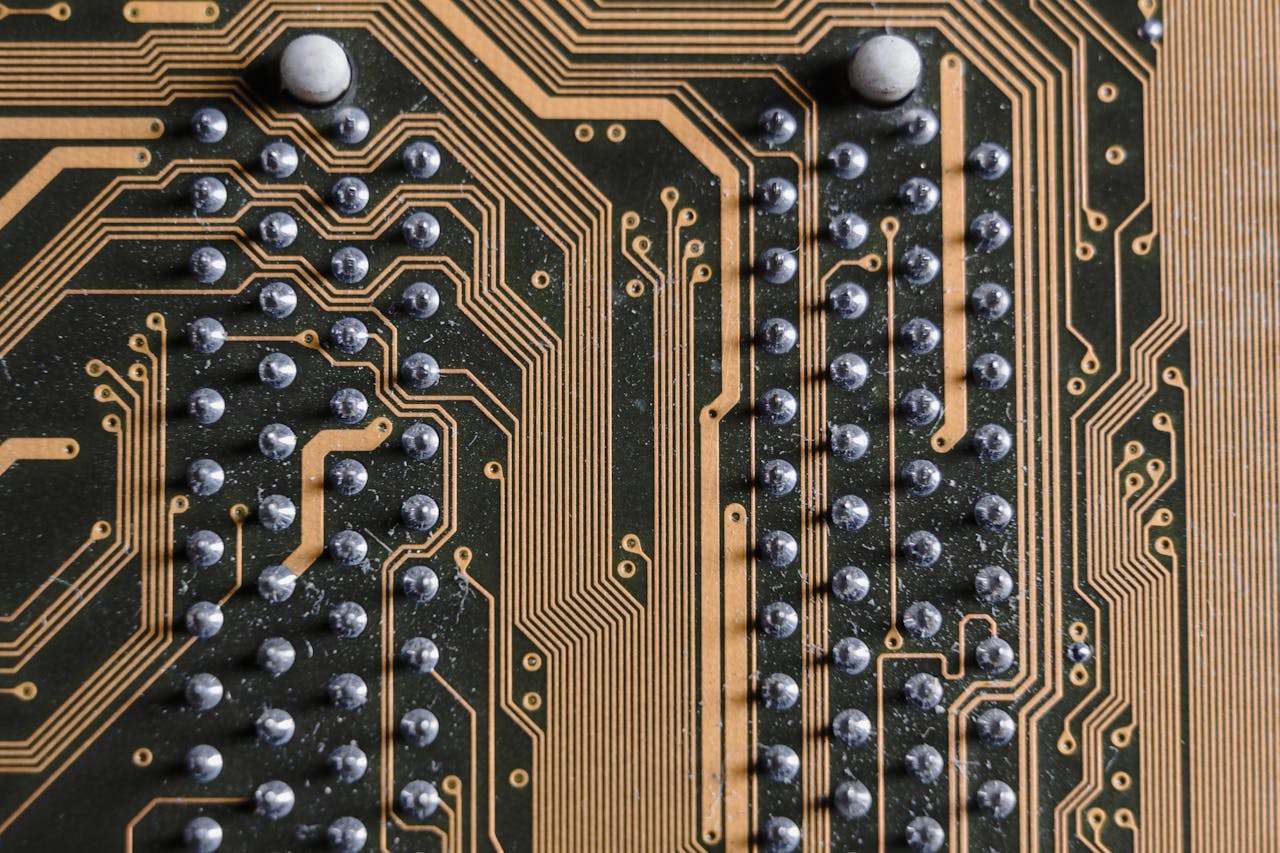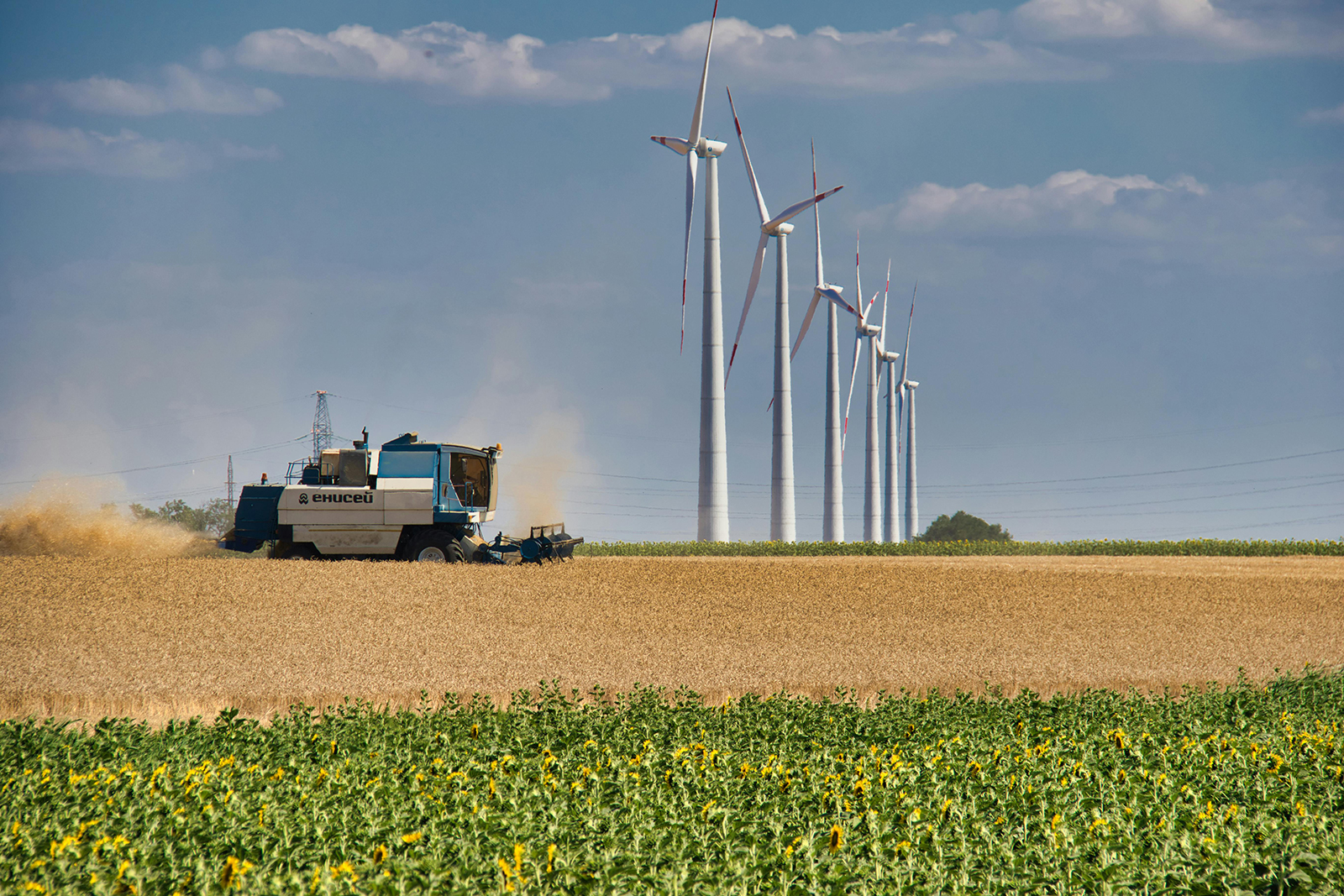Features
Why does the bioeconomy need circularity?
Replacing petrochemicals with biobased materials can cut the environmental impacts of industry. However, circularity is just as important as renewable materials when it comes to building sustainability into supply chains. Here we explain why. What’s the difference between circular and…
Central and Eastern Europe moves towards a higher-value bioeconomy
Hungary aims to develop the bioeconomy of Central and Eastern Europe (CEE) for its upcoming stint in the EU presidency. We take a look at what Hungary is planning, the CEE bioeconomies to date, and how much potential this region…
Blooming business: the circular flower waste bioeconomy
As flowers burst into life over spring, it becomes tempting to brighten indoor spaces with fresh blooms. Beautiful as they are, however, ornamental flowers come from what is now a highly wasteful and resource-intensive supply chain. Alternative industrial models could…
Algae asphalt paves way for cleaner roads
The modern economy revolves around immense sources of ambient pollution: agriculture, personal cosmetics, building paint, or petrol cars. Today, scientists are drawing attention to yet another toxic emitter: asphalt. Asphalt on our roads and roofs continually releases toxic airborne particles,…
Bio-based circuit boards could cut down electronic eco-toxicity
Printed circuit boards (PCBs) are a major component of e-waste, the fastest growing type of waste globally. This item is currently made from non-biodegradable and hard-to-recycle substances but researchers think that making them from biobased ingredients is a firm possibility. …
The US plans a biomass supply chain for Biden’s biomanufacturing push
In 2022, the US Biden administration launched the country’s first ever nationwide bioeconomy plan, the National Biotechnology and Biomanufacturing Initiative. In mid-March 2024, the US Department of Agriculture (USDA) published one of the bioeconomy plan’s early deliverables: a report on…





